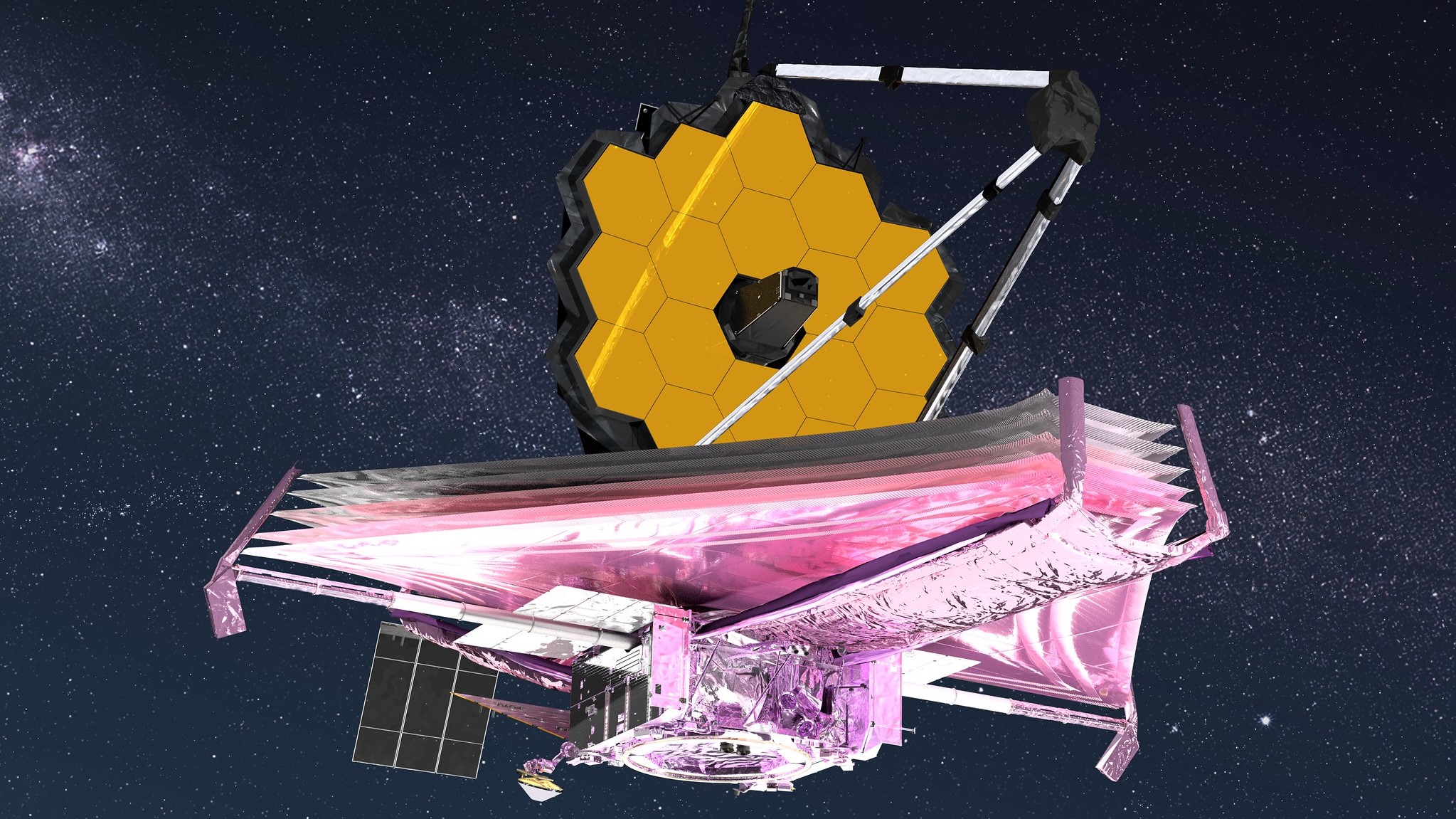James Webb Space Telescope back to science operations after glitch
The telescope missed "a few days" of science observations.

The newest, most powerful space telescope out there is back to work after a glitch blocked several days' worth of science observations.
Mission personnel behind the James Webb Space Telescope (Webb or JWST) spent about two weeks battling a glitch that first appeared on Dec. 7, according to a NASA statement. According to NASA officials, the glitch never threatened the telescope, and normal operations resumed on Tuesday (Dec. 20).
"The observatory and instruments are all in good health, and were not in any danger while Webb's onboard fault management system worked as expected to keep the hardware safe," NASA officials wrote.
Related: James Webb Space Telescope's best images of all time (gallery)
JWST will mark one full year in space on Sunday (Dec. 25). It began science operations in July. Previously this year, the observatory has faced two other issues: In May, a micrometeoroid impact caused a little more damage than environmental models had predicted was likely, and in August the observatory's Mid-Infrared Instrument (MIRI) experienced an issue with one of its four observing modes.
However, the recent issue appears to be the first that has paused all science operations, across the observatory.
According to NASA, the trouble began on Dec. 7, when JWST's attitude control system, which keeps the observatory protected from the sun and able to reach Earth, experienced a software glitch. The glitch sent the telescope into safe mode, a state in which a spacecraft turns off nonessential systems and hunkers down in a stable configuration while waiting for engineers to investigate an issue.
Get the Space.com Newsletter
Breaking space news, the latest updates on rocket launches, skywatching events and more!
The observatory entered safe mode and recovered from it multiple times in the following days, the NASA statement implies.
"This event resulted in several pauses to science operations totaling a few days over that time period," officials wrote. "Science proceeded otherwise during that time." (The observations JWST missed will be rescheduled where possible, officials noted.)
The issue is now under control, according to the statement, after mission personnel "adjusted the commanding system." Normal operations resumed on Tuesday (Dec. 20), just in time for the telescope to mark its first anniversary in space.
Email Meghan Bartels at mbartels@space.com or follow her on Twitter @meghanbartels. Follow us on Twitter @Spacedotcom and on Facebook.
Join our Space Forums to keep talking space on the latest missions, night sky and more! And if you have a news tip, correction or comment, let us know at: community@space.com.

Meghan is a senior writer at Space.com and has more than five years' experience as a science journalist based in New York City. She joined Space.com in July 2018, with previous writing published in outlets including Newsweek and Audubon. Meghan earned an MA in science journalism from New York University and a BA in classics from Georgetown University, and in her free time she enjoys reading and visiting museums. Follow her on Twitter at @meghanbartels.









